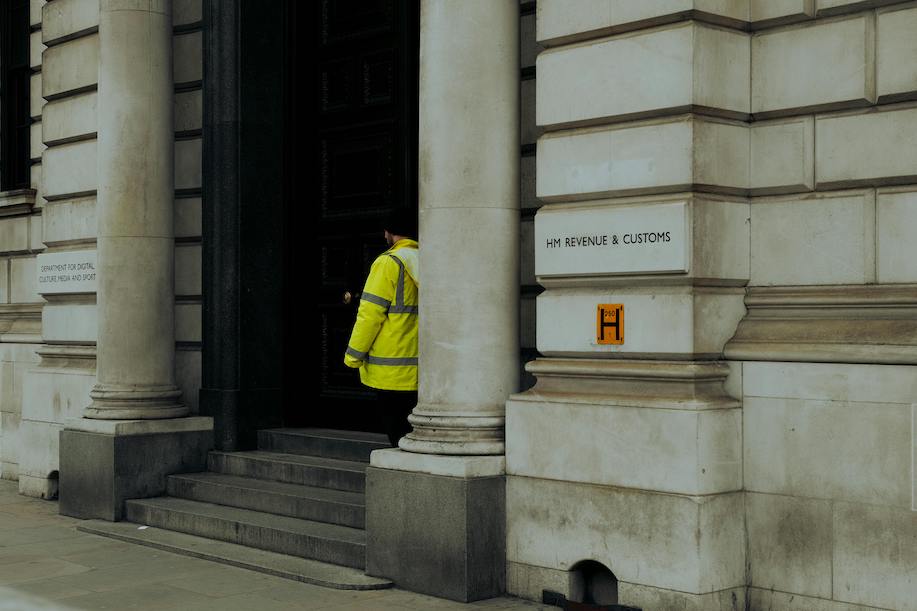With vaping becoming an increasingly popular alternative to smoking, the UK government has introduced measures aimed at regulating its use and impact. One such measure is the upcoming Vaping Products Duty. Commonly referred to as the “vape tax,” this new levy is expected to bring significant changes for vapers, manufacturers, and public health initiatives alike. So, what is the vape tax? How will it affect those who vape? Let’s break it down.
What is the vape tax?
The Vaping Products Duty will introduce a flat tax of £2.20 per 10ml of e-liquid. This new excise duty places vaping products alongside tobacco and alcohol as “higher-risk” items that require stricter financial regulation. The government has opted for a flat-rate system rather than a tiered structure based on nicotine content, despite earlier consultations considering such an approach.
Alongside this tax, tobacco products will see equivalent price hikes, with an additional £2.20 per 100 cigarettes. This ensures that the financial incentive to switch from smoking to vaping is preserved. However, the significant price increase for e-liquids will undoubtedly impact vaping’s affordability and accessibility for many.

When will the vape tax come in?
The vape tax will be introduced on 1st October 2026.
Why is the vape tax being introduced?
The government has given these reasons for introducing the vape tax:
- Reducing youth vaping: One of the primary goals is to deter underage users and non-smokers from taking up vaping by increasing product prices.
- Promoting lower nicotine use: By discouraging high-nicotine products, the tax aims to push vapers toward lower-strength or nicotine-free options.
- Raising revenue for public services: The additional funds generated by the tax are earmarked for vital services such as the NHS and stop-smoking initiatives.
- Avoiding a return to smoking: To ensure vaping remains a preferable alternative to smoking, tobacco products will also see price hikes to prevent them from becoming more financially appealing.
What does this mean for vapers?
The introduction of the vape tax raises several concerns for vapers, particularly those who rely on vaping to remain smoke-free. Here are the potential implications:
- Increased costs for adult vapers: The additional £2.20 per 10ml of e-liquid could significantly raise the cost of vaping, making it less affordable for many adults who have switched from smoking. For those who use higher nicotine strengths or pre-filled pods, this price hike could be particularly burdensome.
- Impact on high-nicotine e-liquid users: Many ex-smokers rely on higher-strength e-liquids to successfully transition away from cigarettes. While the flat-rate tax treats all nicotine levels equally, the price increase may discourage some from purchasing the products they need to stay smoke-free.
- Potential shift in consumer behaviour: Higher costs might push some vapers toward alternative products, such as lower-nicotine e-liquids or nicotine-free options. However, this could be counterproductive for those who still crave nicotine as part of their smoking cessation journey.
- Effect on public health services: The additional revenue raised is intended to support public health services. However, some critics say that the increased cost of vaping products may strain stop-smoking services if fewer people are able to afford vaping as an alternative to smoking.
- Wider industry impact: The vape tax could also have ripple effects on the vaping industry, with smaller independent manufacturers and retailers potentially struggling to remain competitive under the new pricing structure.
Reactions to the vape tax
The response to the vape tax has been mixed. Public health advocates have welcomed the move as a way to reduce youth vaping and fund essential services. Katherine Severi from the Institute of Alcohol Studies, for instance, compared it to similar measures aimed at narrowing the affordability gap between pub and supermarket alcohol, viewing it as a public health win.
On the other hand, industry representatives and some public health experts have raised concerns. John Dunne of the UK Vaping Industry Association (UKVIA) described the tax as a “nonsensical move” that penalises ex-smokers who rely on vaping to stay smoke-free. He pointed out that over three million adults have quit smoking thanks to vaping, saving the NHS millions in treating smoking-related conditions. The Independent British Vape Trade Association (IBVTA) has also warned that the tax could deter smokers from switching to vaping, potentially undermining public health progress.

What can I do about the vape tax?
While the vape tax may seem daunting, there are steps vapers can take to prepare for its implementation:
- Explore cost-effective options: Look into purchasing larger bottles of e-liquid or switching to shortfills, which may offer better value for money despite the tax. Check out our 100ml e-liquids and our range of short fills here.
- Try lower-nicotine e-liquids: If you’re nearing the end of your quit-smoking journey, this might be a good time to experiment with lower-strength e-liquids.
- Support industry advocacy: Engage with organisations like the IBVTA to voice your concerns about the tax and its potential impact.
- Budget for the changes: As October 2026 approaches, factor the increased costs into your vaping budget to avoid surprises.
Vaping laws in the UK
The introduction of the vape tax marks a significant shift in how vaping products are regulated in the UK. While its objectives of reducing youth vaping and supporting public services are laudable, the potential impact on adult vapers and smoking cessation efforts cannot be ignored. As the implementation date approaches, it will be crucial for both policymakers and the vaping community to strike a balance that supports public health while maintaining vaping as an accessible alternative to smoking.





